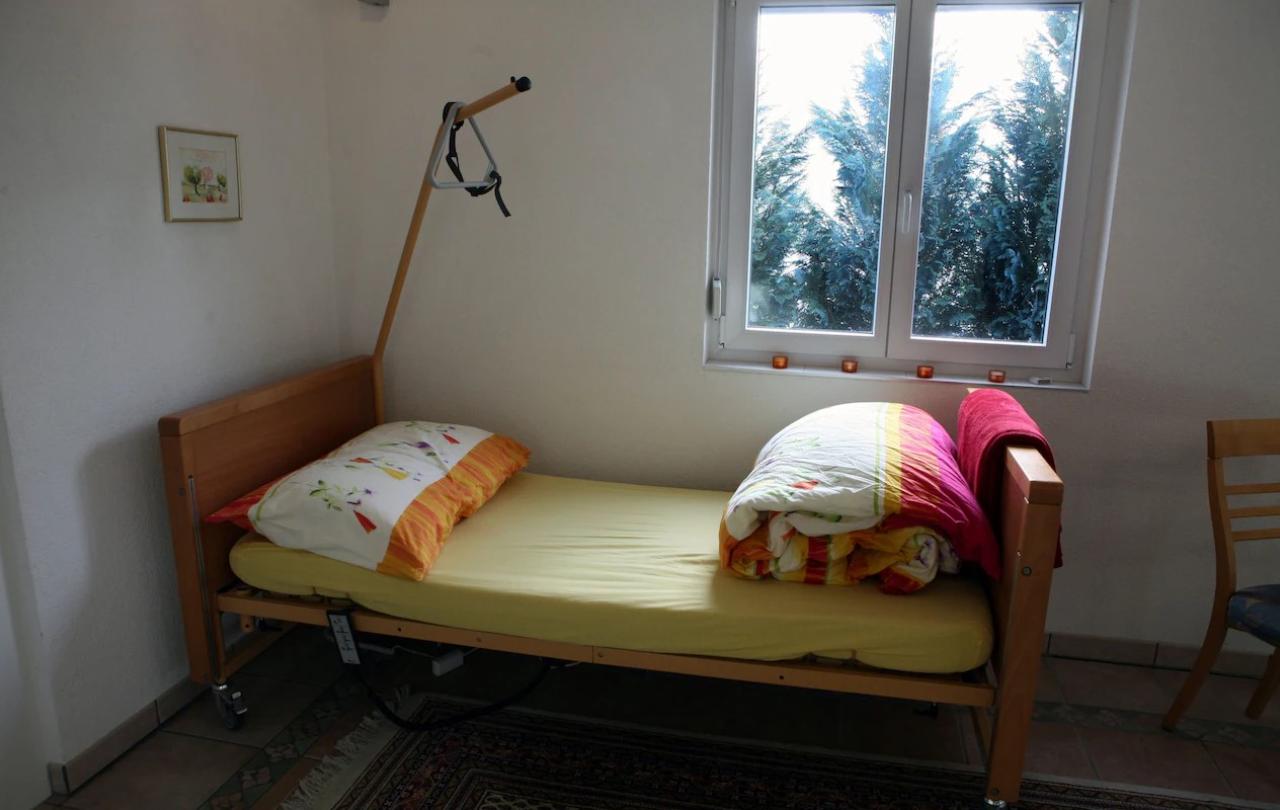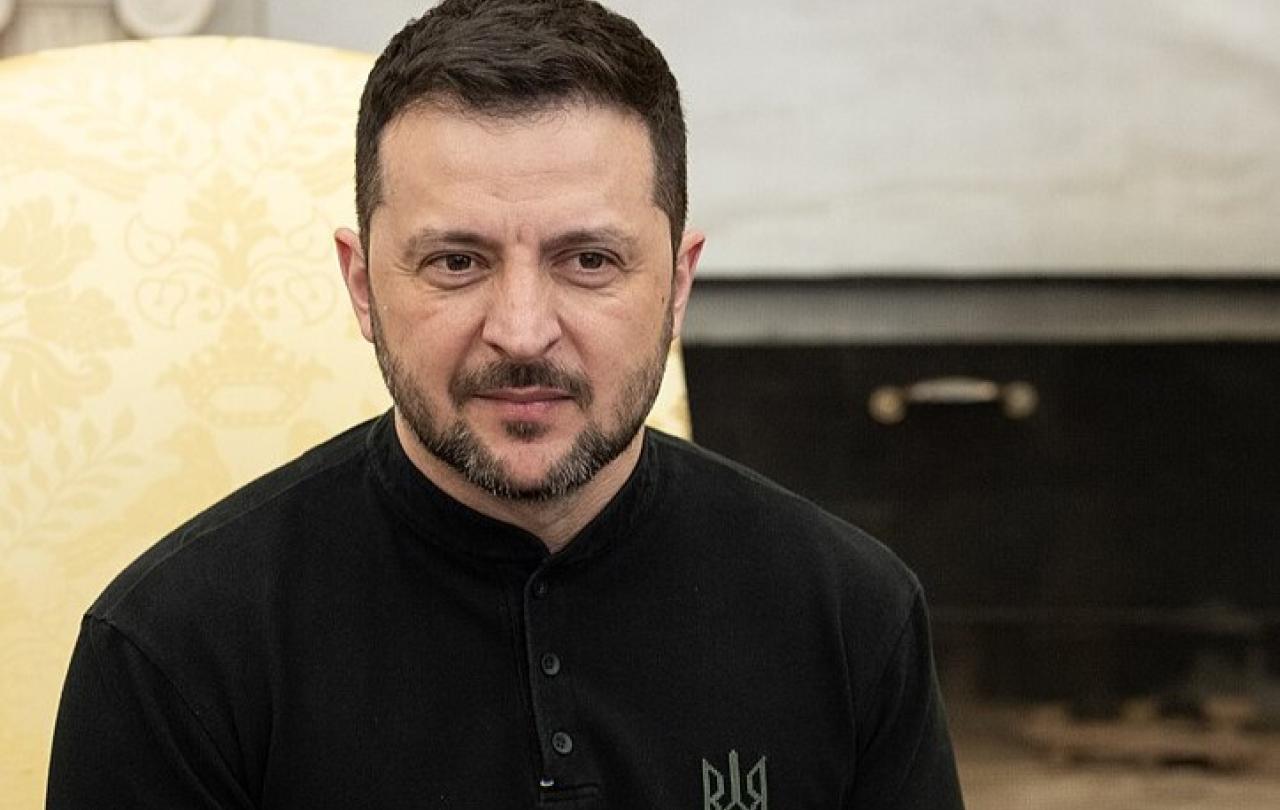
While countries such as Germany, France or the UK are currently struggling to find a suitable regulation for assisted suicide, their peers in the Netherlands, Canada and Switzerland have years of experience with the controversial medical practice. Even if each state must explore its own ways of dealing with these ethically controversial issues, it is obvious that international experience should not be ignored as they try to find a way forward.
In Switzerland the discussions and challenges surrounding assisted suicide are increasing rather than decreasing. Contrary to the idea that a liberalisation of assisted suicide would lead to fewer debate, tensions and difficulties are increasing. My observation, and thesis, indicates that practices such as assisted suicide cannot be “normalised”, even in the medium and long term.
Developments
In recent years, one to two per cent of all deaths in Switzerland were due to assisted suicide. From an overall perspective, this practice is therefore still a marginal phenomenon. However, a look at the total number of assisted suicides per year gives a different impression, as this has increased more than fivefold in the years between 2008 and 2020, from an initial 253 to 1,251 deaths per year, a rising trend. The cause of death statistics for Switzerland only include those cases of assisted suicide in which persons resident in Switzerland were involved and the death was reported to the authorities. According to the Swiss Federal Statistical Office, in 2020, it was mainly people over the age of 64 who made use of assisted suicide. Detailed information on the underlying illnesses of the people affected in 2018 shows that about 40 per cent were affected by cancer, just under 12 per cent by diseases of the nervous system, a further 12 per cent by cardiovascular diseases and just over a third by other illnesses, including dementia and depression. There are currently seven right-to-die organisations in Switzerland which play a leading role in a typical assisted suicide procedure. They work closely with doctors who are prepared to prescribe a lethal drug, generally Pentobarbital. The data reflects an ambivalent picture: on the one hand, the proportion of assisted suicide cases is relatively low in relation to all deaths and, for example, in comparison to the large number of people who die in Switzerland in a state of deep sedation until death; on the other hand, the number of assisted suicides in Switzerland has risen sharply in recent years.
Perceptions and assessments
Since the 1990s, the public perception and assessment of assisted suicide in Swiss society has changed from an initially cautious and sceptical attitude towards broad acceptance. While the debates in other countries are characterised by relatively sharp controversies between those in favour and those against, public discourse in Switzerland has been less polarised. There are indications of a certain normalisation of the situation, the strongest sign is that Switzerland has so far refrained from regulating assisted suicide in a separate law. The results of a recently-published study on the opinions of Swiss people over the age of 55 regarding assisted suicide confirm these impressions.: The survey showed that over four-fifths of respondents support legal assisted suicide, almost two-thirds can imagine asking for assisted suicide themselves at some point, and that almost one-third are considering becoming members of an right-to-die organisation in the near future, with one-twentieth of respondents already being members at the time of the survey in 2015. Among people with a higher level of education and older people aged between 65 and 74, approval of assisted suicide and corresponding practices was higher than among less educated, younger and very old people; approval was also significantly lower among religious practitioners.
Sensitive topics
The fact that assisted suicide enjoys broad support in Swiss society as a whole does not mean that there are not difficult and controversial aspects relating to its practice. Relevant topics include, in particular, places of death, authorisation criteria and procedures.
Places of death: Assisted suicide is permitted also for mentally ill persons in psychiatric clinics, but the federal court recommends great caution here and requires two psychiatric expert opinions to ensure that the person willing to die is capable of judgement with regard to the desire to commit suicide. Although assisted suicide for children and adolescents has hardly been an issue in Switzerland to date, the corresponding debates are currently being held in Canada and elsewhere. The question of whether people in prison also have a right to make use of assisted suicide, has been the subject of intense debate in Switzerland for years, with a generally positive response. The question of whether right-to-die organisations should be given access to acute hospitals and nursing homes is still the subject of controversial debate, with regulations varying from hospital to hospital, nursing home to nursing home
Authorisation criteria: With regard to the admission criteria for persons willing to die, the capacity for judgement is at the centre of attention: while the importance of the criterion is undisputed in itself, there is a struggle for reliable standards and procedures to reliably test this criterion. Since the publication of the SAMS ethical guidelines Management of Dying and Death in 2018, the criterion for end of life and, depending on this, that of unbearable suffering have received new attention due to an objection by the Swiss Medical AssociationFMH. While the guidelines are based on the criterion of unbearable suffering, the FMH wants to stick to the near end of life. It is certainly difficult to diagnose the existence of unbearable suffering, as the international debate on the significance and assessment of existential (neither physical nor psychological) suffering shows. This difficulty is illustrated by the debate that has been going on for several years in Switzerland about so-called old-age suicide and the inherent criterion of tiredness of life. At the centre of the dispute is the legally difficult question of whether a doctor is also allowed to prescribe a lethal drug to a healthy person.
Procedures: Here the role of the medical profession and right to die organisations is by far the most important issue. In contrast to the physician-centred models in Belgium, Canada and the Netherlands, the Swiss model of assisted suicide is based on the idea that every person has the right to end their life and may call on the help of any other person to do so. Although the medical profession is usually involved in the process, the management of the procedure is normally the responsibility of a right-to-die organisation. This division of responsibilities is always up for debate when legal regulations are being considered, in which doctors should tend to take the lead in the process due to their professional background. There is also a debate about how and by whom compliance with the authorisation criteria should or could be monitored, whereby it remains to be decided whether this should be carried out before or after the death. At present, a certain amount of monitoring takes place following a suicide, insofar as the authorities investigate the cases afterwards. There is also debate as to whether Pentobarbital is a suitable means of suicide, especially if this barbiturate is not administered intravenously but taken orally; there is no knowledge of how many cases are currently administered intravenously and by whom an infusion is then set up. Last but not least, consideration has already been given to the use of lethal drugs, such as helium gas, which can be obtained over the counter.
Attempts at regulation
Political efforts to regulate assisted suicide in Switzerland in a more nuanced way than today have been made since the 1990s but have remain largely without consequences to date. In relevant judgements by the Federal Supreme Court or in statements by the Federal Department of Justice and Police, reference is regularly made to the ethical guidelines of the SAMS. These are classified as soft law and are therefore not legally binding, even though their content has become the subject of dispute. The National Advisory Commission on Biomedical Ethics (NCE) had already recommended more far-reaching legal regulation in 2005 as part of a detailed opinion on the subject; in the opinion of the NCE at the time, the review of authorisation criteria, a justifiable regulation of assisted suicide for the mentally ill, children and adolescents and state supervision of right-to-die organisations, should be ensured by law. The question is what form a legal regulation can take that grants the medical profession far-reaching powers but at the same time prevents medical paternalism (in favour of or against assisted suicide). From the perspective of Swiss experience, this is “a square circle”: either the doctors retain the final decision on who receives the barbiturate, or official access rules are established, the review of which does not generally require medical expertise.
The outlook
In the short and medium term, it can be assumed that the number of assisted suicides in Switzerland will continue to rise. The coronavirus pandemic and the particular difficulties faced by nursing homes during this time are likely to exacerbate this increase. In view of these expectations and the legislative processes in other European countries, pressure is likely to increase in Switzerland to create a legal regulation. Overall, I think politically it will be important to create a legal regulation, in order to ensure legal equality and legal certainty on the one hand and prevention of abuse and expansion on the other. At the centre of social-ethical reflection is the challenge of learning to deal with the pluralism of different ideas of a good death and to develop and establish alternative models to medically assisted dying. The thesis I mentioned at the beginning is confirmed today: assisted suicide in Switzerland can hardly be normalised; new problems, challenges and demands are constantly arising. Suicide, whether with or without the help of another person, always means an existential transgression that defies normalisation.





